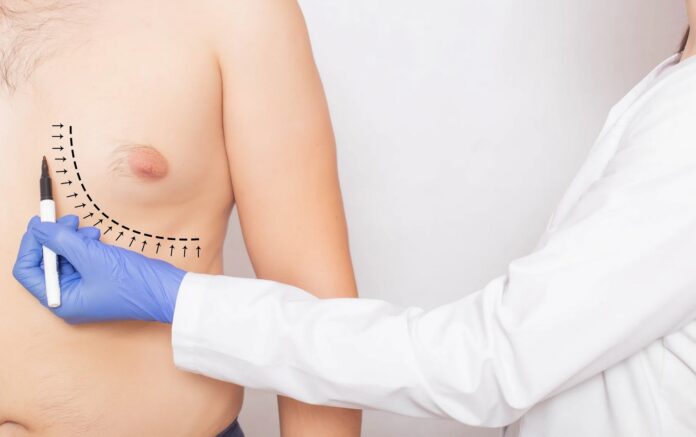It is a very common misconception that gynecomastia leads to breast cancer. However, there is no relation between gynecomastia and breast cancer. Men often feel confused about breast cancer and gynecomastia as these two conditions have similar symptoms. Then, how do you differentiate between breast cancer and gynecomastia? Firstly, let’s understand what gynecomastia and breast is.
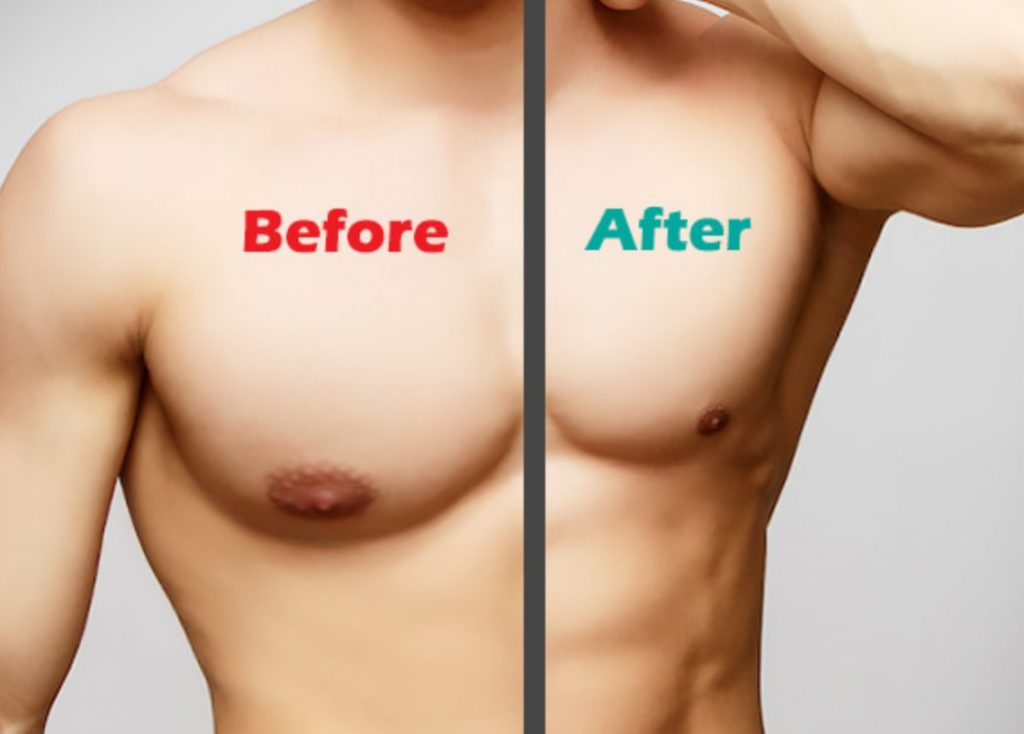
What is gynecomastia?
Gynecomastia is a health condition where the breast tissues present in males start to swell due to the reduction of testosterone hormone. The condition can develop in a newborn, or during puberty, or in old age as a result of hormonal changes. The lowered testosterone levels result in enlargement of the glandular tissues. Gradually fat tissues start to accumulate under the breast too, making the breasts appear bigger.
The common symptoms of gynecomastia include:
- Enlargement of one or both breasts
- Pain or tenderness in breast or nipple
- Nipple discharge from one or both breasts

What is breast cancer?
By breast cancer, we are mainly talking about breast cancer in men. As men have breast tissues too, there is a slight possibility that overgrowth of those breast tissues can cause breast cancer. These overgrown cells can be easily seen on X-rays and often felt as lumps. The tumor is considered malignant when the cells start to invade the surrounding healthy tissues and start to metastasize to other parts of the body.
The symptoms of breast cancer include:
- Lump or swelling in the breast
- Redness in the breast with flaky skin
- Pain, irritation, and dimpling of breast skin
- Nipple discharge
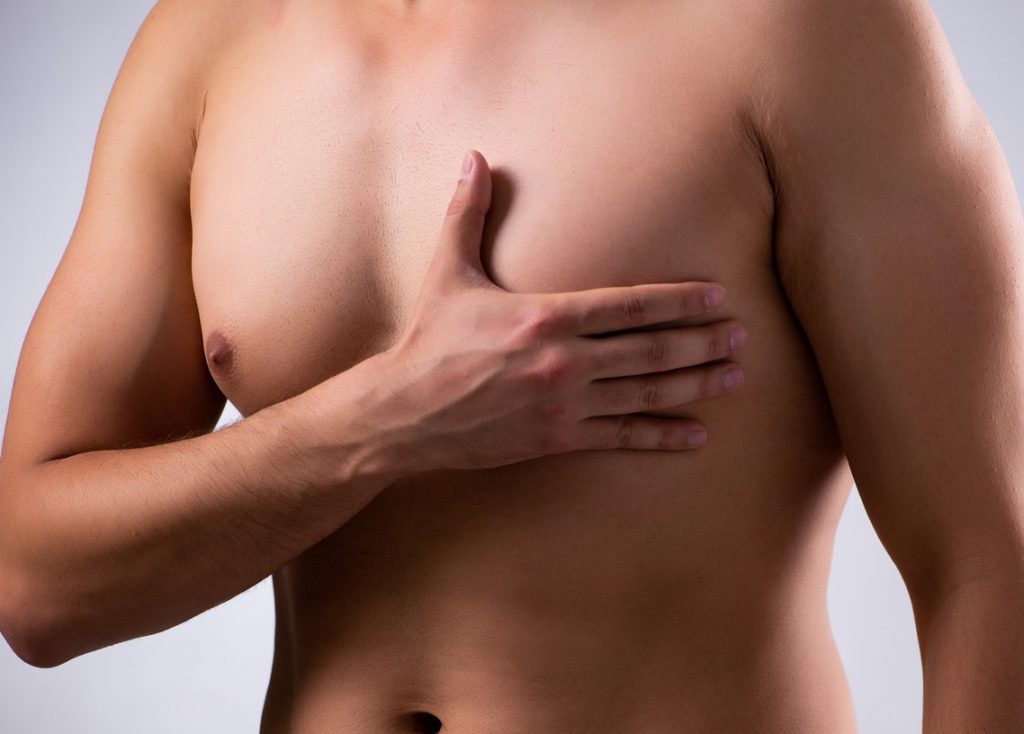
What is the difference between gynecomastia and breast cancer?
To help men understand better and differentiate between gynecomastia and breast cancer, here are some things that should be accounted for.
-
Breast Symmetry
The key differentiating factor between a male with gynecomastia and a male with breast cancer is the symmetry of the breasts. In general, men with gynecomastia experience swelling and exhibit symptoms in both breasts. However, with cancer, there will be swelling or pain in only one breast. But there are exceptions to this rule as well.
-
Family History
If your mother had breast cancer and you inherit those defective genes, the chances of developing cancer becomes 40% to 80%. Along with your mother, if you have other family members who have had breast cancer in the past, your body inherits those genes making you more prone to breast cancer. If cancer runs in the family, consider getting a multi-risk assessment test for early detection.
Unlike breast cancer, gynecomastia may or may not be genetic. Studies have shown that gynecomastia is primarily caused by hormone fluctuations in the body that may or may not be caused by genetic factors.
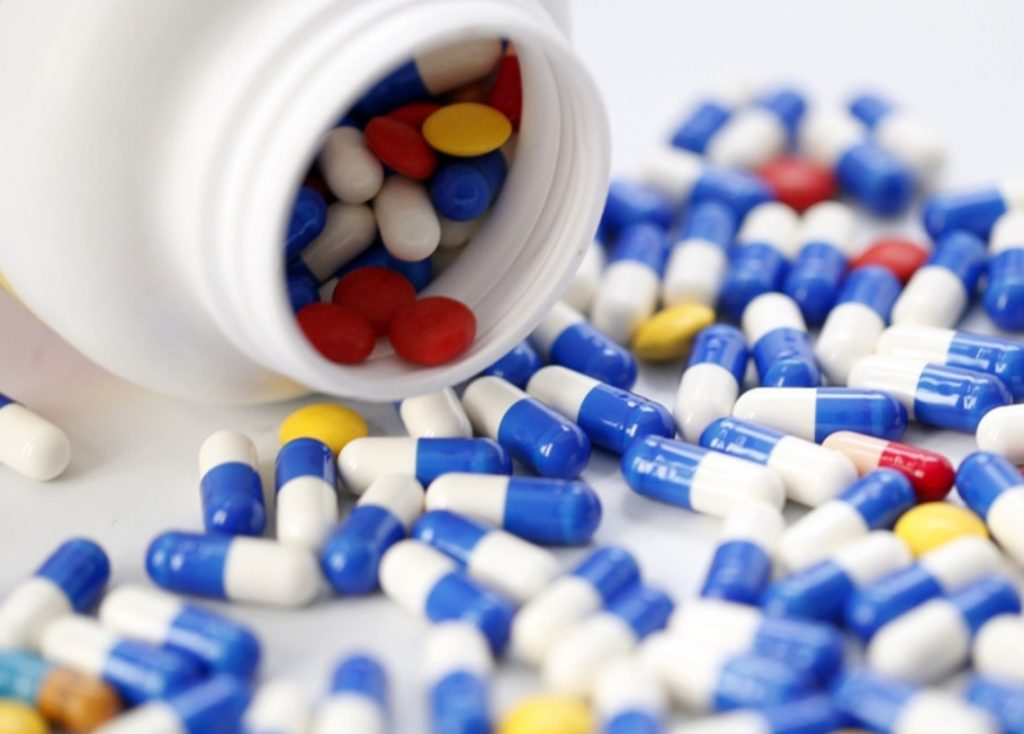
-
Drug Abuse
If you have a history of steroid use, you have a higher risk of developing gynecomastia. The increased amounts of hormones in the steroids can contribute to the growth of breast tissues in males. Unlike gynecomastia, the risk of breast cancer increases in men when they take estrogen-related drugs.
While breast cancer is a very serious medical condition, gynecomastia is a benign breast condition. Only in rare cases, gynecomastia can occur due to certain endocrine glands diseases or tumors that force a man’s body to produce more estrogen and making the breasts grow.
Key Differences between Gynecomastia and Breast Cancer
Here are some differences between gynecomastia and breast cancer that are derived through a physical examination.
| Gynecomastia | Breast Cancer |
| Usually bilateral, but can also be unilateral | Usually unilateral, but can also be bilateral |
| Occasionally painful | Painless |
| Appears central or subareolar | Appears centrally or eccentrically |
| Breasts become firm | Breasts become rubbery or hard |
| Normal nipple | Deformed nipple and discharge |
| Normal skin around breasts | Thickened, red, or ulcerated skin around the breasts |
| Normally axilla | Axillary adenopathy |
Is there a disease that can cause both gynecomastia and breast cancer?
Yes. There is a medical condition called Klinefelter Syndrome that poses the risk of developing gynecomastia as well as breast cancer in men. In this syndrome, the levels of the male hormone, androgen reduces, and levels of female hormones increase. It leads to the development of gynecomastia, which is non-cancerous, as well as breast cancer.
The Klinefelter Syndrome is rare and affects about 1 man in a thousand by birth. Normally men have X and Y chromosomes. But in this syndrome, men have more than one X chromosome. Due to the excess X chromosome, the man will exhibit symptoms like longer legs, high voice, thinner beard, smaller than normal testicles, and infertility.
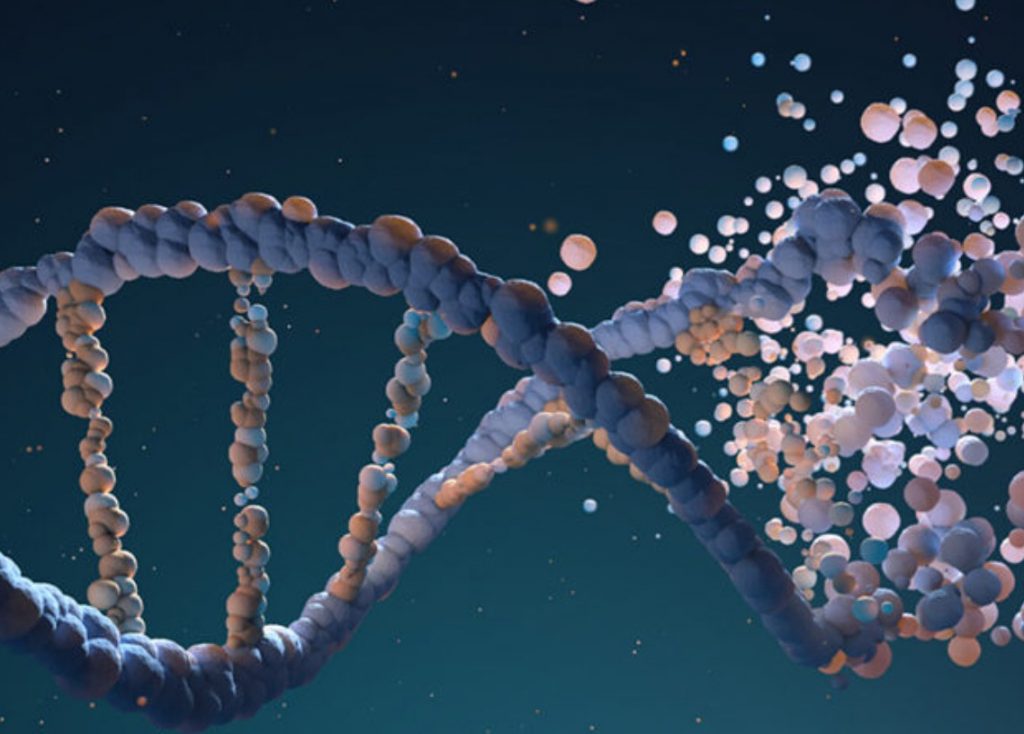
What are the treatment methods for gynecomastia and breast cancer?
Once diagnosed, both these conditions need to be treated carefully.
The treatment for gynecomastia usually depends on the cause. If the disease is caused by certain medications, then the usage of those medicines should be prevented. There are also medications available for the treatment of gynecomastia. If other methods are not effective, then gynecomastia is treated surgically to cure the condition permanently.
For the treatment of breast cancer, surgery, chemotherapy, or radiotherapy is used based on the kind of cancer and its stage. And even after treatment, close monitoring is required to prevent the recurrence of breast cancer.
The Bottom Line
By learning more about the individual condition, it will be easy to differentiate between breast cancer and gynecomastia. Both these diseases require proper treatment. Hence, you will need expert help. Therefore, it will be best if you consult a doctor to determine whether you have symptoms of gynecomastia or breast cancer.
If you are diagnosed with gynecomastia, you can get in touch with Pristyn Care and rely on their medical professionals to get rid of the swollen breasts. Book an appointment with their doctors and explore your treatment options.

